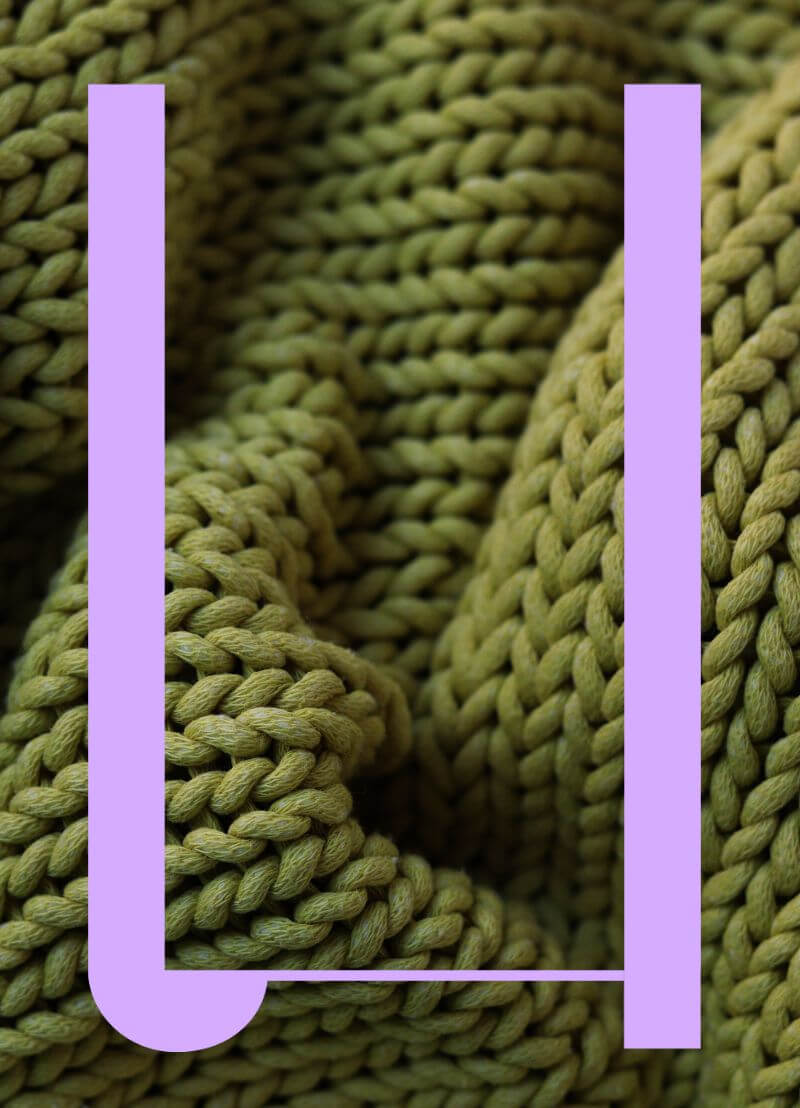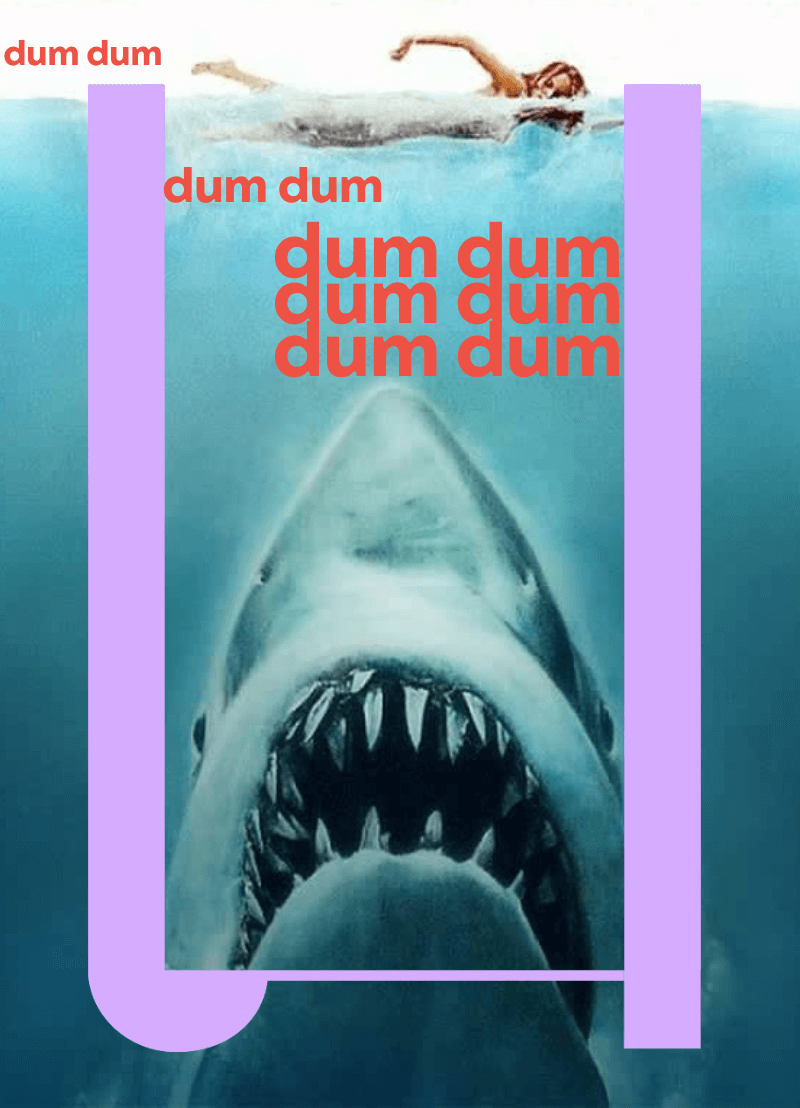Lorem ipsum dolor sit amet, consectetur adipiscing elit. Suspendisse varius enim in eros elementum tristique. Duis cursus, mi quis viverra ornare, eros dolor interdum nulla, ut commodo diam libero vitae erat. Aenean faucibus nibh et justo cursus id rutrum lorem imperdiet. Nunc ut sem vitae risus tristique posuere.

Waarom hebben we meer begrip voor iemand met een gebroken been dan voor iemand met een depressie?
Waarom hebben we meteen begrip voor iemand met een gebroken been, maar vinden we het zoveel moeilijker om empathie te tonen voor wie psychisch lijdt? Voor wie een depressie heeft of een burn-out? Klinisch psycholoog Ernst Koster merkt op dat we best onbeholpen zijn als het gaat om complexe emoties en onzichtbaar lijden. Hoe komt dat toch? En vooral, (hoe) kan dat beter? Een college naar aanleiding van de Warmste Week over onzichtbare ziektes.
key notes
What’s a Rich Text element?
The rich text element allows you to create and format headings, paragraphs, blockquotes, images, and video all in one place instead of having to add and format them individually. Just double-click and easily create content.
Static and dynamic content editing
A rich text element can be used with static or dynamic content. For static content, just drop it into any page and begin editing. For dynamic content, add a rich text field to any collection and then connect a rich text element to that field in the settings panel. Voila!
How to customize formatting for each rich text
Headings, paragraphs, blockquotes, figures, images, and figure captions can all be styled after a class is added to the rich text element using the "When inside of" nested selector system.





.jpg)
.png)




.png)





